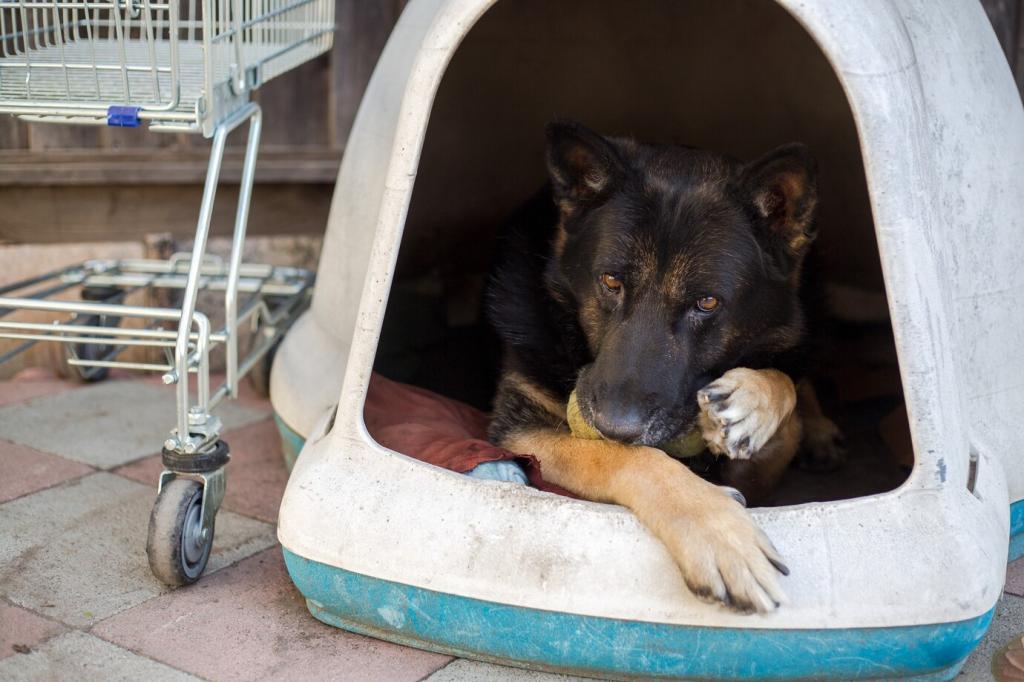
Snakebite Treatments for Pets: Swift Care, Steady Hearts
Chosen theme: Snakebite Treatments for Pets. When seconds count, clarity and compassion matter. Here you’ll find practical guidance, real stories, and veterinary-backed steps to help you act fast, stay calm, and support your pet from the first frightening moment to full recovery. Subscribe and join caring guardians who prepare before they need to.
Recognize a Snakebite: Signs You Can’t Ignore
Watch for sudden painful swelling near the bite, puncture wounds, bleeding that won’t clot, drooling, weakness, vomiting, and collapse. Some toxins cause neurological signs like trembling or difficulty breathing. If your pet was outdoors and these signs appear quickly, treat it as a snakebite emergency and act now.
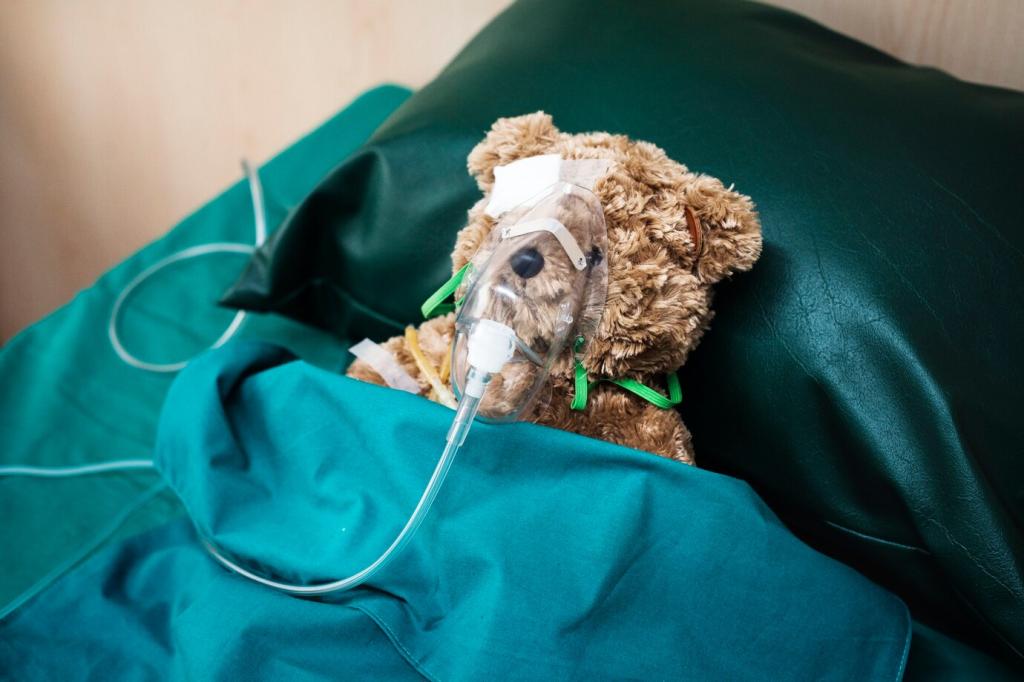
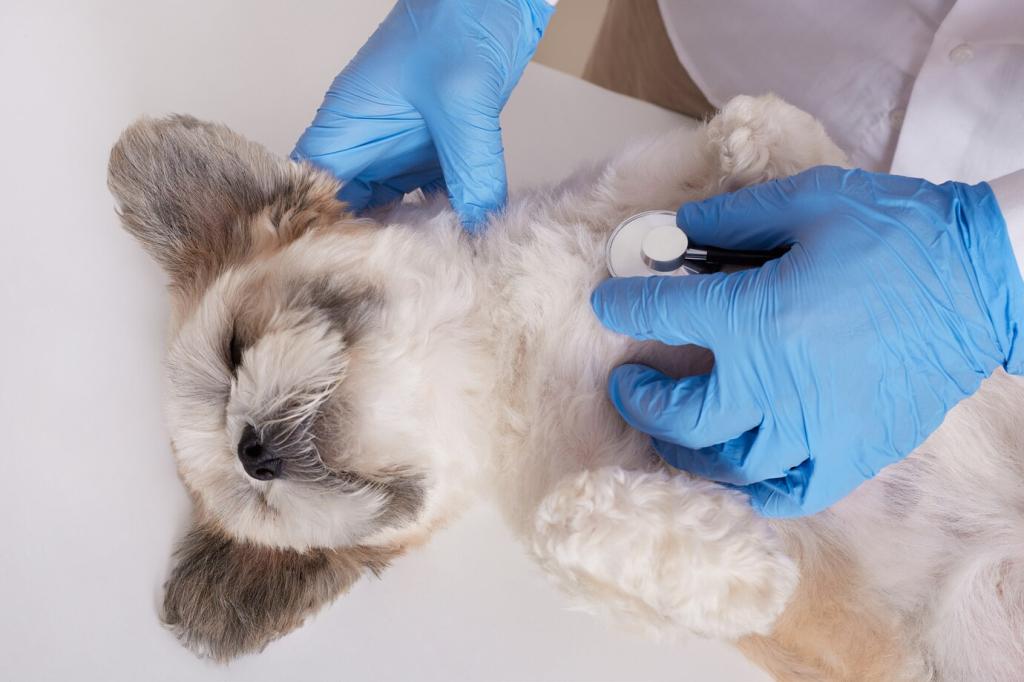
Recognize a Snakebite: Signs You Can’t Ignore
Your calm helps your pet. Speak softly, restrict movement, and remember that rushing and panic raise heart rate, spreading venom faster. Keep your phone charged with your veterinarian’s number and the nearest emergency clinic. Comment with your location to receive our regional emergency list and keep it handy.
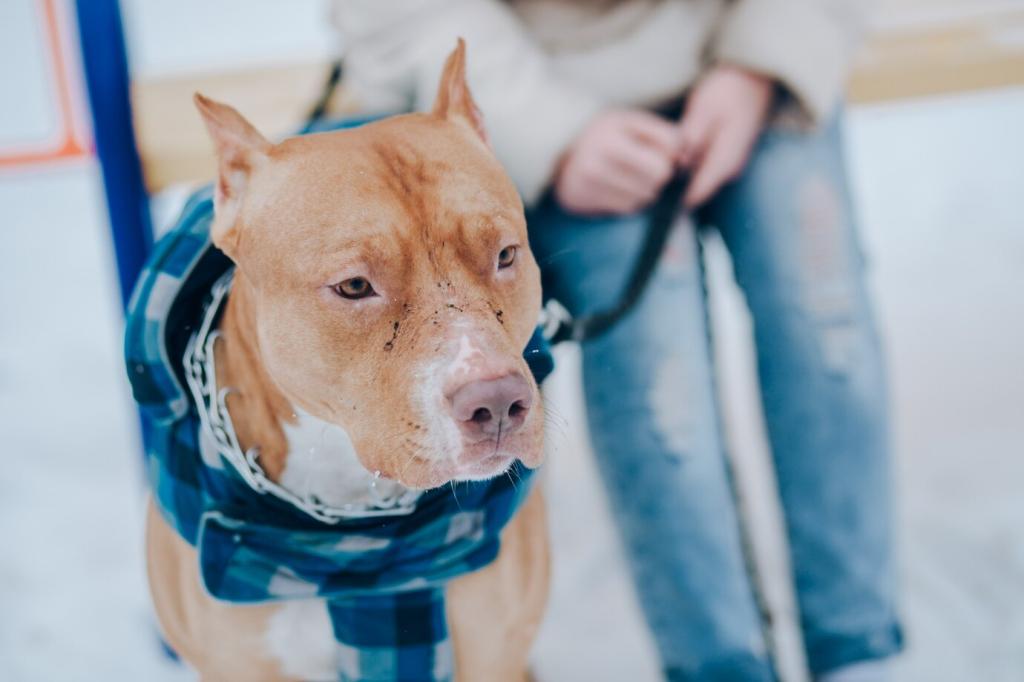
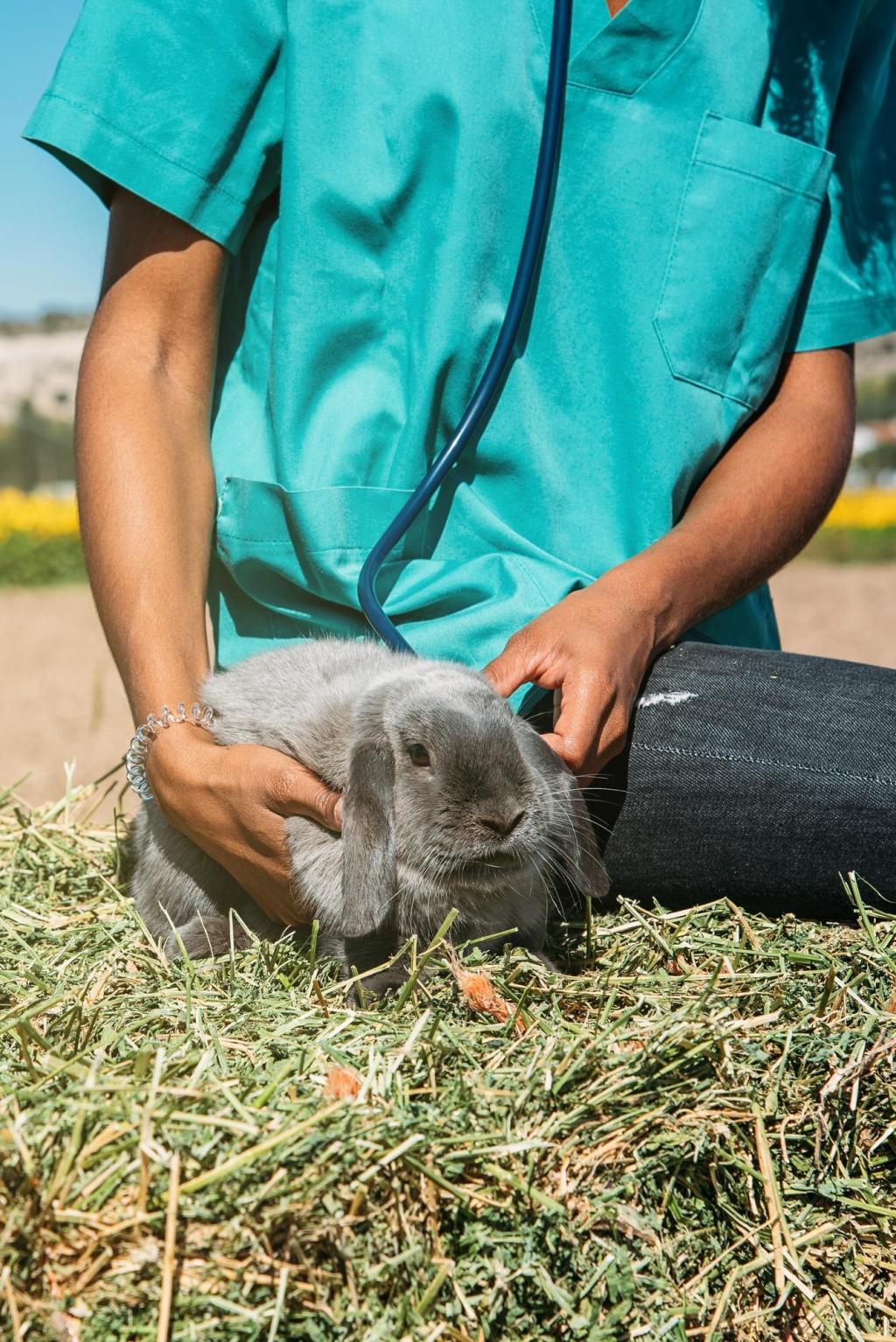
First Aid That Helps—And Myths That Hurt
Leash or confine your pet to prevent running. Keep the bite below heart level if possible, and remove collars, harnesses, or jewelry to reduce pressure as swelling rises. Call the clinic to announce arrival so antivenom can be readied. Transport gently, keeping your pet warm and quiet.
First Aid That Helps—And Myths That Hurt
Avoid cutting the wound, applying tourniquets, or trying to suck out venom—those methods injure tissue and delay real care. Don’t apply ice or electric shocks. No alcohol, aspirin, or snakebite kits with blades. Skip home remedies; they can interfere with clotting and complicate professional treatments later.
At the Clinic: What Treatment Looks Like
Expect vital checks, pain control, IV access, and blood tests to evaluate clotting. If indicated, antivenom neutralizes circulating venom; earlier is usually better. Pets are monitored for allergic reactions, blood pressure changes, and oxygen levels. Share questions about antivenom below and we’ll address common concerns in our next post.
At the Clinic: What Treatment Looks Like
Veterinarians choose safe analgesics, avoiding drugs that worsen bleeding. IV fluids support circulation and kidney function. Wounds are cleaned gently, dead tissue is managed over time, and antibiotics may be used when infection risk is high. Photos are unnecessary—describe what you see; we’ll help you know what’s normal during healing.
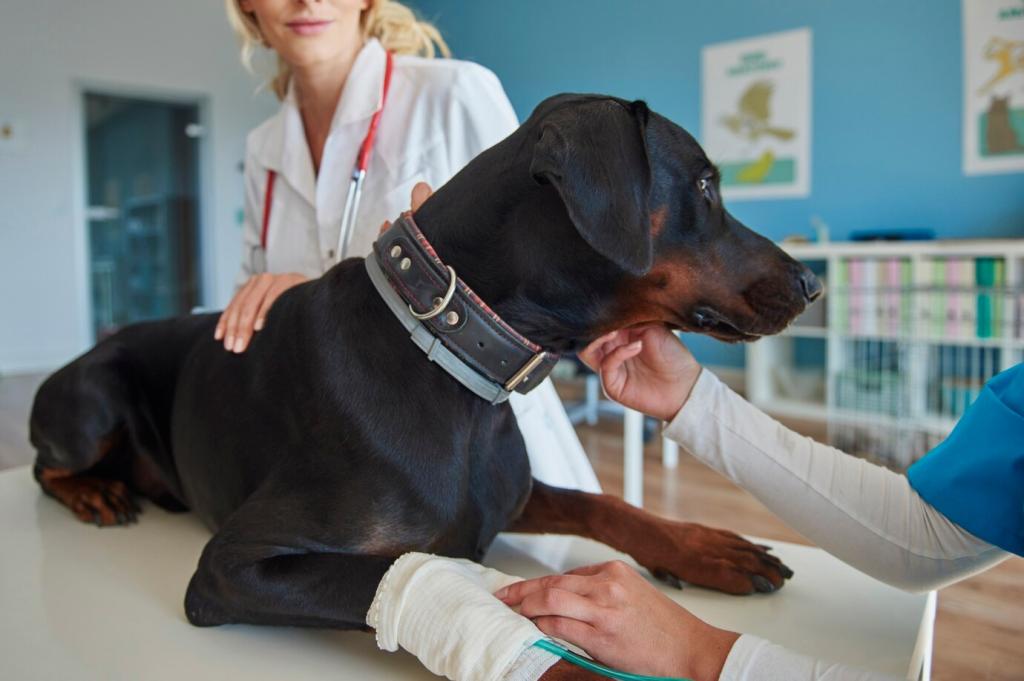
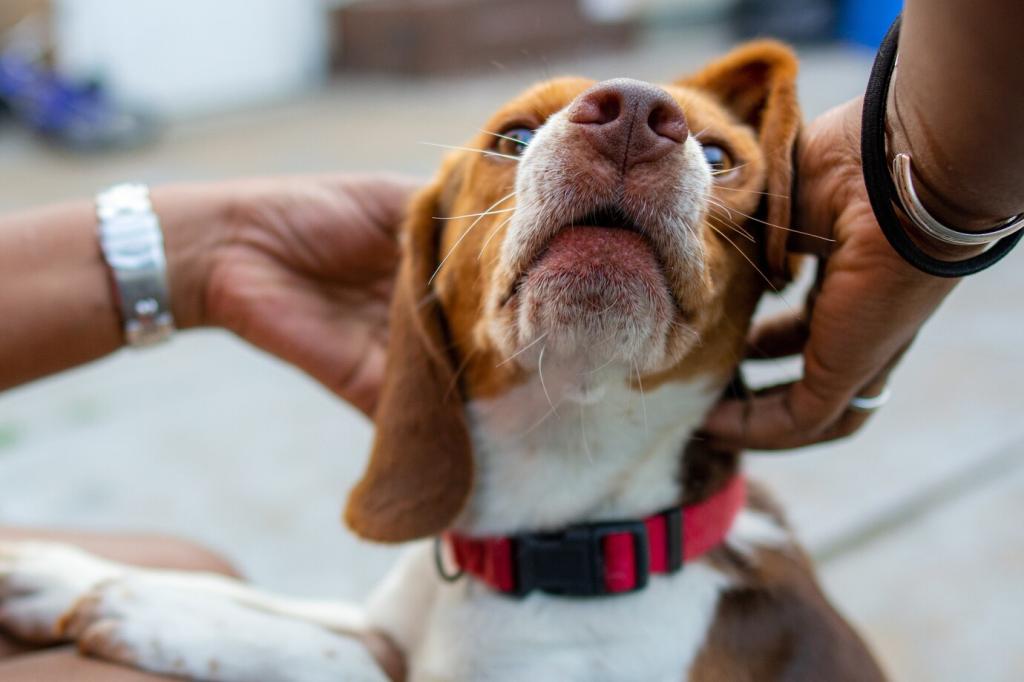
Different Snakes, Different Dangers
Pit viper venoms often damage tissue and disrupt clotting, causing swelling, bruising, and bleeding. Coral snake venoms are more neurotoxic, leading to weakness, paralysis, and breathing issues. Symptoms may evolve over hours, so early veterinary evaluation is critical even if your pet seems stable at first.
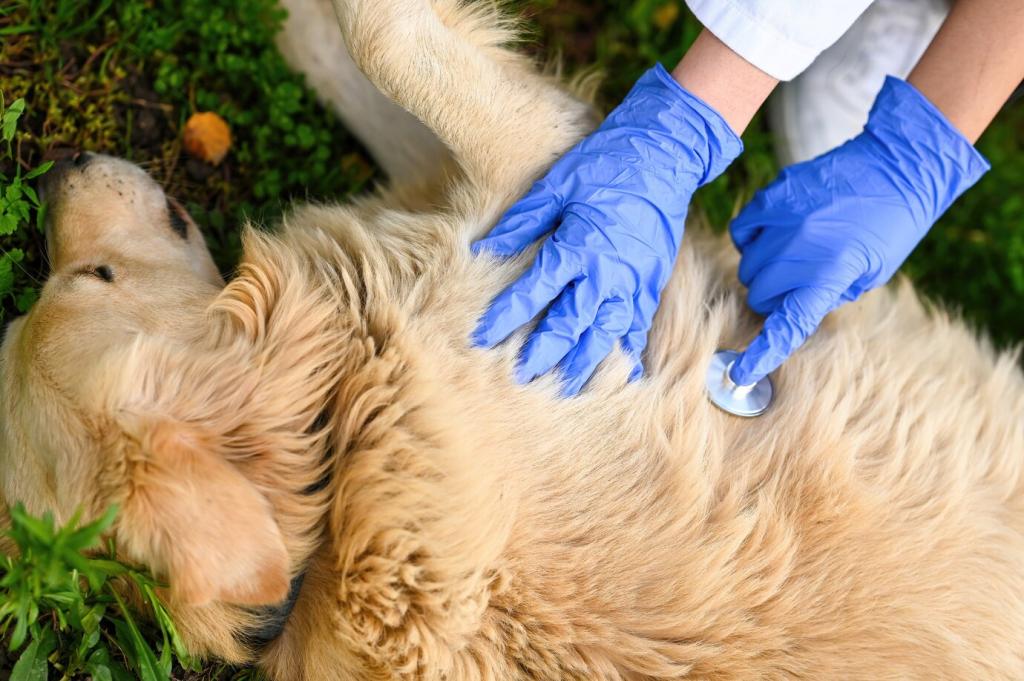
Recovery Roadmap: Aftercare at Home
Follow dosing instructions exactly, using a chart on the fridge to avoid missed or double doses. Restrict activity to short, leashed potty breaks, especially during the first week. Soft bedding, a quiet room, and a cone to prevent licking protect the wound and make recovery smoother for everyone.
Recovery Roadmap: Aftercare at Home
Call your vet if swelling spreads, bleeding restarts, gums pale, breathing changes, or your pet becomes lethargic. Some bites lead to delayed tissue damage or clotting abnormalities. Keep recheck appointments, even if your pet seems better. Comment with questions about bruising patterns—photos help your vet judge healing progress.
Yard and Home Strategies
Keep grass trimmed, remove brush piles, control rodents, and seal gaps under sheds that invite snakes. Elevate firewood and use tidy borders to reduce hiding spots. Install motion lighting along paths. Tell us what landscaping changes are realistic for you, and we’ll suggest snake-smart tweaks that fit your space.
Leash Skills and Recall
Teach a reliable “leave it” and “come” so your dog pivots from rustling sounds. Short leashes on narrow trails keep noses out of danger. Cats benefit from supervised outdoor time or secure catios. Share your training hurdles below; our next newsletter features a trainer’s step-by-step “leave it” refresher.
Gear and Preparedness Kits
Carry a well-fitted leash, a soft muzzle if advised by your vet, a blanket for transport, and clinic numbers saved offline. GPS pins for emergency hospitals save minutes. Thinking about a rattlesnake vaccine? Discuss with your veterinarian—it’s not a shield against treatment, but part of broader preparedness.
Community Voices: Stories, Questions, and Readiness
01
After two vials of antivenom and a night of monitoring, Jasper the beagle went home wagging and sore, but safe. His guardian’s early call sped care. Post your timeline—from bite to clinic arrival—so readers see how preparation changes outcomes in snakebite treatments for pets.
02
What confuses you most: identifying snakes, antivenom timing, or home restrictions? Drop questions below. We gather the top five each month for expert replies. If you guide hikes, share your safety briefing; small phrases like “eyes on the path, ears on the rustle” stick when stress hits.
03
Join our mailing list for regional snake activity timelines, printable first-aid steps, and a glovebox-ready clinic contact card. Comment SUBSCRIBE with your region to receive the next alert. If you already have a kit, tell us what’s inside—your list might inspire someone to prepare today.
